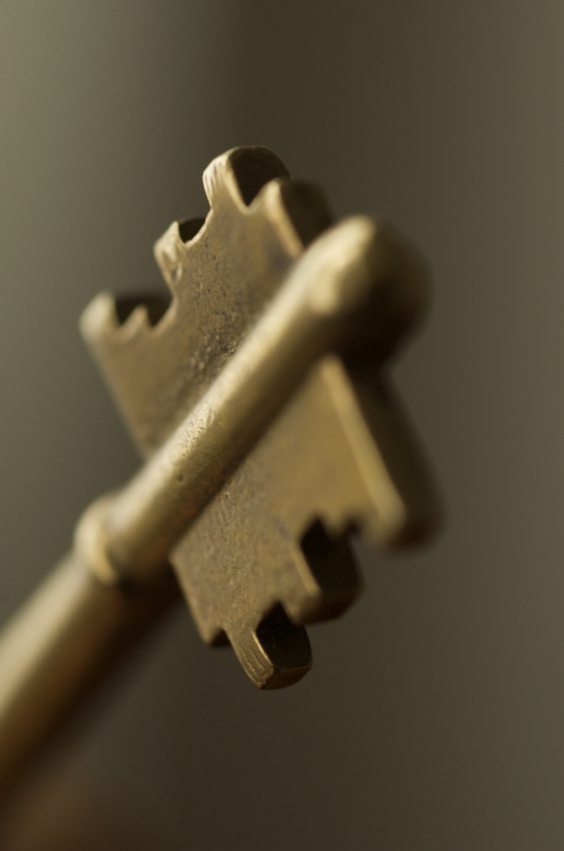Symmetric Key Encryption
Introduction
Modern cryptography differentiates between two main encryption styles: Symmetric Key Encryption and Asymmetric Key Encryption. In this article, I am going to introduce the former.
Symmetric Key Encryption
There are several ways to include hidden content in a message. In the beginning of cryptology, using invisible ink was a common method. That style of actually hiding is still in use today and called steganography. However, the term encryption today usually refers to the use of an algorithm that is transforming a readable message into an unreadable one. To decrypt that unreadable message you need to know two things: The algorithm used to scramble the message and the key.
While there are algorithms that do not require a key, they are not considered secure anymore and their use should be avoided. In fact, any cryptographic algorithm that requires keeping the algorithm itself secret is considered weak and should not be used. The best way to identify a strong cryptographic algorithm is to take a published algorithm and look at how many cryptologists have tried to break it unsuccessfully.
If the algorithm itself is known, there needs to be another secret ingredient - the key. The strength of a published encryption algorithm lies entirely in the key. Symmetric key encryption uses the same key for the encryption step and the decryption step. A (symmetric) key is usually a sequence of 128 to 256 bits. Typical symmetric key algorithms are DES, Blowfish, RC4 and AES. Of those commonly used algorithms, today only AES can be considered secure.
AES is standardized in ISO/IEC 18033-3 and in use by the U.S. Government since 2002. It comes in three key sizes of 128, 192 and 256 bits. The three key lengths are actually based on different (but similar) algorithms, so you cannot just pick another key length on your own without potentially compromising security.
Summary
A Symmetric Key algorithm in cryptology is an algorithm that can be used to scramble and unscramble a message using the same secret key. A key is usually a sequence of 128 or more bits and the security of a modern algorithm relies only on the secrecy of that key. The algorithm itself can and should be published. Of the symmetric key algorithms in widespread use today, only AES can be considered secure.
Newsletter Sign Up
2 Responses to Symmetric Key Encryption
Leave a Reply
You must be logged in to post a comment.














Pingback: How to Create a Symmetric Key - sqlity.net
Pingback: OPEN SYMMETRIC KEY - Avoid the NULL Ciphertext Trap - sqlity.net